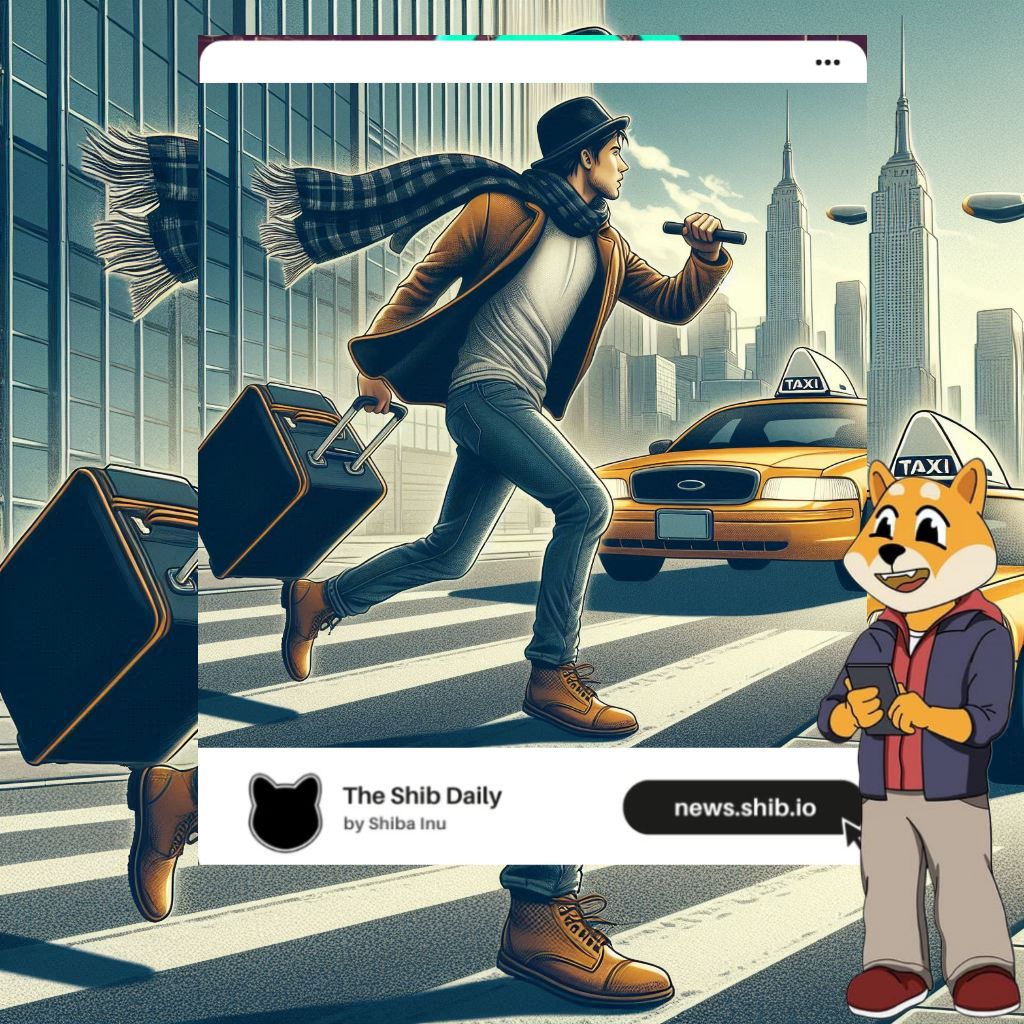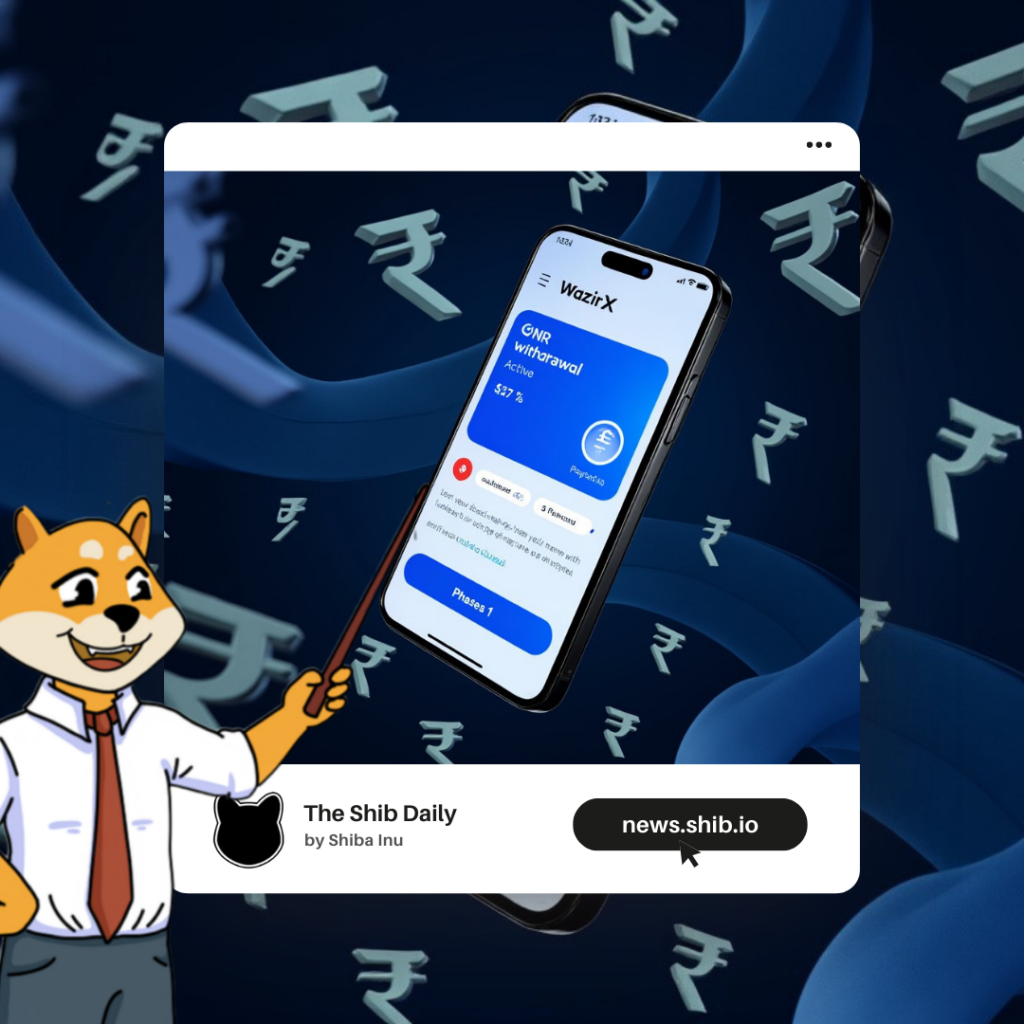India’s retail Central Bank Digital Currency (CBDC) pilot has reached over 5 million users, according to Reserve Bank of India (RBI) Governor Shaktikanta Das.
Speaking at a conference in Bengaluru today, Das emphasized that there is no need to rush into a full-scale rollout of the CBDC without first acquiring a comprehensive understanding of its implications.
Das stated, “There should not be any rush to roll out a system-wide CBDC before one acquires a comprehensive understanding of its impact on users, monetary policy, the financial system, and the economy.”
He further added that the CBDC could be “phased in gradually” based on insights gathered from ongoing pilots.
The retail CBDC pilot, which was launched by the RBI in late 2022, now includes participation from 16 banks. While the pilot initially focused on payments, the RBI has since expanded its scope to explore additional functionalities, such as offline transactions and programmability. Das explained that the programmability feature “could serve as a key enabler for financial inclusion by ensuring delivery of funds to the targeted user.”
Related: Matt Hougan Says Strategy Isn’t at Risk of Forced Selling Bitcoin
He cited two recent use cases involving farmers as part of the pilot program. In one instance, he said that tenant farmers in Odisha and Andhra Pradesh were able to access agricultural credit through programmable CBDCs without the need for land titles. “Programming the end use for purchase of agricultural inputs can give banks the required comfort and establish the identity of a farmer, not through his land holding, but through the end use of funds being disbursed,” said Das.
Another pilot involving IndusInd Bank tested the use of programmable CBDCs for generating carbon credits.
Das also indicated that new use cases focused on features like anonymity and offline availability are set to be gradually introduced as part of the ongoing pilot program.
Related: UK FCA Unveils Big Post-Brexit Investment Reforms for Retailers
In addition to the CBDC developments, the RBI is advancing its plans for a Unified Lending Interface (ULI), a platform aimed at improving access to credit for agricultural and MSME borrowers. Das described the ULI as a tool that would “play a similar role in transforming the lending space in India” as the Unified Payments Interface (UPI) has done for payments.
According to Das, the ULI platform will facilitate the seamless and consent-based flow of digital information, including land records from various states, enabling faster credit appraisals. He noted, “This reduces the complexity of multiple technical integrations” and allows borrowers to benefit from “quicker turnaround times without requiring extensive documentation.” The platform is designed to cater to the large unmet demand for credit across sectors, especially in rural areas.












